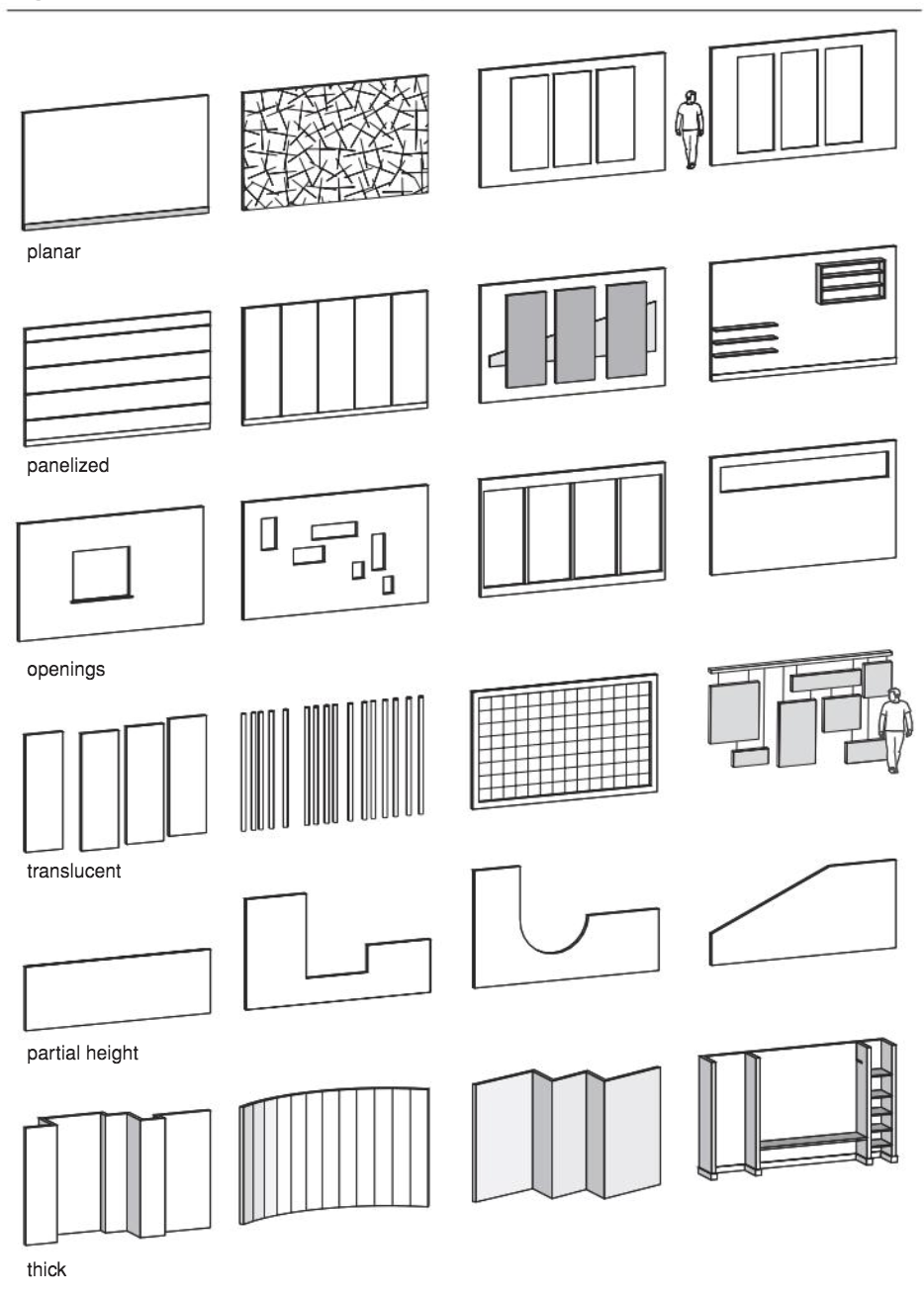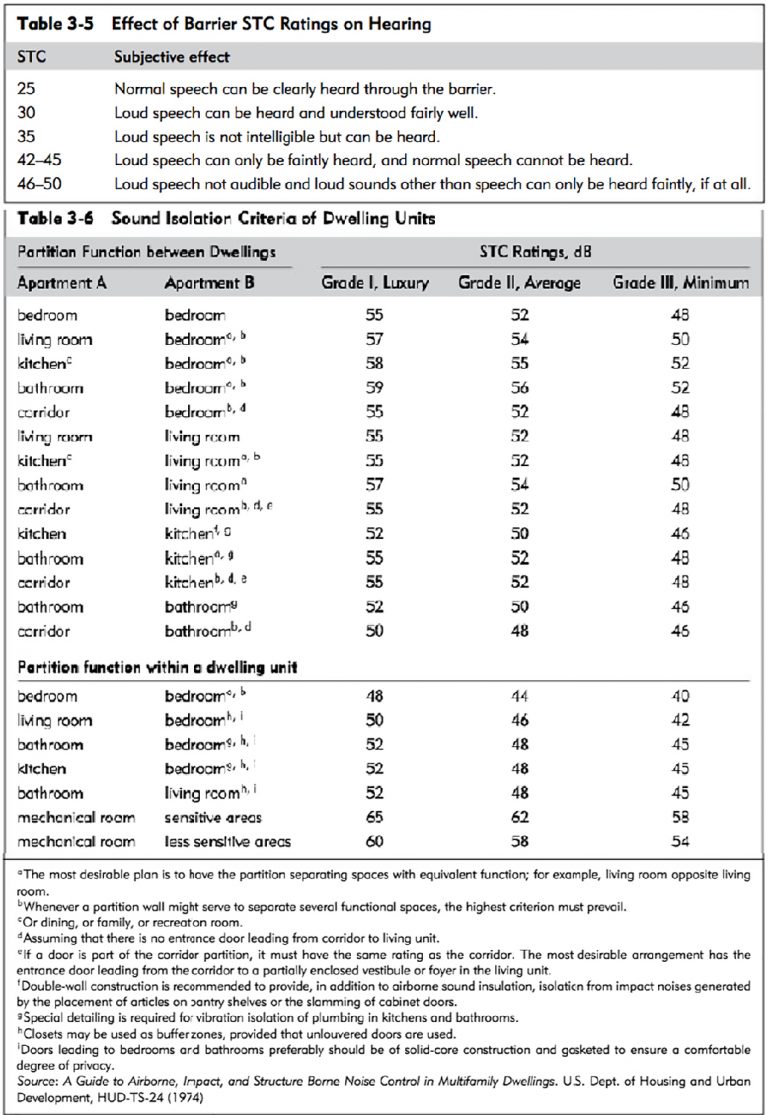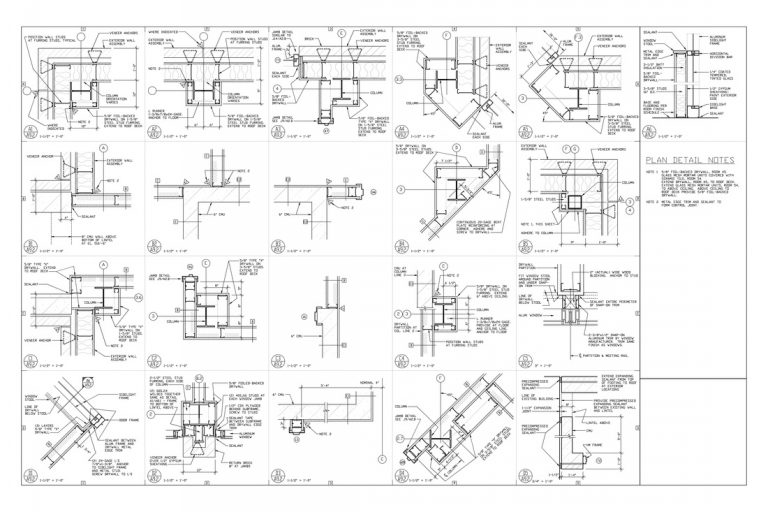One of the most fundamental construction elements in interior design and architecture is the
permanent vertical barrier. Although commonly called a wall or partition the designer should
think of this construction element as a vertical barrier during preliminary design. Thinking of
this element as a barrier focuses attention on the important qualities that the element must have
to meet both the aesthetic and functional requirements of the problem. Then, the designer
can apply the techniques and materials necessary to meet the requirements within the given
conditions of the problem.In most cases, exterior walls, columns, and overall ceiling height are beyond the designer’s
control. However, vertical design elements, such as partitions, are one of the major elements
that interior designers can control and use to define space and modulate the appearance of
interiors. They are often an underutilized design element. Although exterior walls, window
placement, interior bearing walls, columns, and beams may suggest how the division of
interior space should be created, nonbearing vertical barriers can be placed anywhere as long as they satisfy the program and meet regulatory requirements.
Vertical barriers may be used to divide one space into two or more smaller spaces, to
define space with one or more barriers, to block vision from one area to another, to stop the
transmission of sound, to provide a fire barrier, to provide support for a decorative surface, or
any combination of these functions.
This chapter discusses the use of barriers that are permanent in that they are firmly
attached to the substrates of the building and are intended to remain in position throughout
that may be repositioned as the needs of the users change.
Vertical barriers can be created in an almost unlimited number of ways. Surfaces can range
from simple flat planes with applied finish to complex constructions holding storage elements
and electrical services. Barriers can be solid, translucent, clear, or a combination of visual
transparencies. They can be straight, curved, angled, full-height, or partial height. Even when
limited by constraints such as fire resistance or security, partitions can take on a wide range of configurations.
Image attach shows some of the many ways permanent vertical barriers may be designed.
Although there are several methods of categorizing them and coundess possible variations,
they are grouped here as planar, panelized, openings, translucent, partial height, and thick.
These illustrations show some of the basic ways a barrier can be designed without regard
to a specific material or detailing method. They are discussed in more detail in the sections
that follow.
FUNCTION
Permanent partitions generally serve a variety of functions. Most fundamental is dividing
one use of space from another and creating a visual and physical barrier. The common
response to these needs is usually a standard gypsum wallboard partition. However, by first
thinking through all the specific functions that a barrier must serve, the designer can make
a better choice of materials and detailing than simply relying on brick to serve
all needs.
Permanent partitions generally provide one or more of the following functions:
Defining space
Suggesting limits on travel
Controlling physical passage
Creating security
Controlling vision
Controlling light
Controlling sound
Limiting the spread of fire and smoke
Limiting radiation
Supporting shelving and other fixtures
Providing support for art or decorative work
If, for example, a vertical barrier is intended to suggest limits on travel and define space,
the corresponding physical response to these needs could be a standard gypsum wallboard
partition or as simple as a fabric suspended from the ceiling or a freestanding screen as long as fire resistive requirements were met. Only when additional functions are defined would the
material or physical configuration of the barrier need to be modified.



